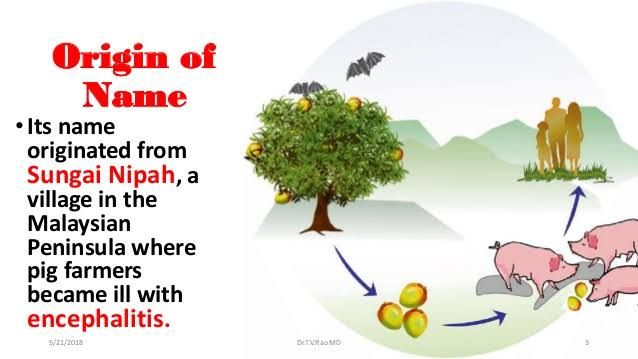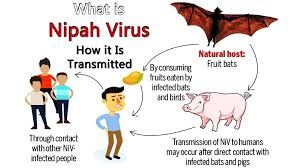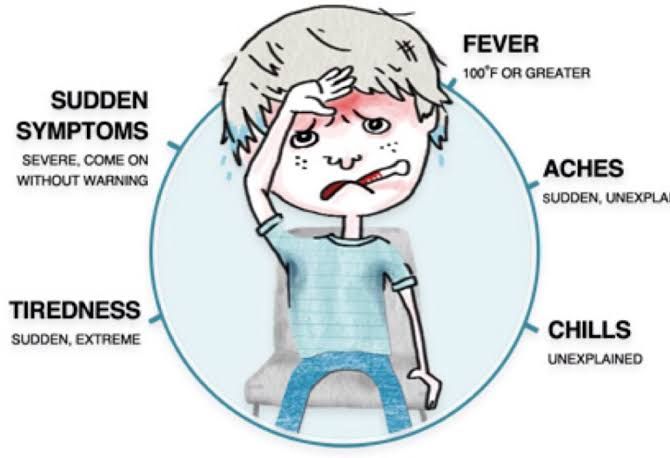Nipah :Outbreak And Survival In Kerala
Jul 01, 2019 • 11 views
Nipah is alargely discussed topic recently after its outbreak and massive spreading in Kerala. The outbreak was declared over June 10,2018 and was localized in Kozhikode and Malappuram districts of Kerala. It claimed the lives of about 17 people initially. Later the samples were tested at Manipal Institute of Virology where it was confirmed as a case of Nipah.
Where did this virus orginate and what causes its spreading among people?
Nipah (NiV) virus is a member of family paramyxoviridae. It was initially isolated and identified in 1999 during an outbreak among pig farmers in Malaysia and Singapore. It was reported that the direct contact of farmers with pigs is the cause for Nipah. But no occurrence of person to person transmission was reported that time. But later many cases of human to human transmission was reported from regions of Bangladesh. In India Nipah exposure has been linked to consumption of raw dates and contact with bats. Also exposure to other virus infected individuals is a risk factor.


Symptoms and Treatment
Symptoms usually appear five to fourteen days after exposure to virus. It begins with fever and headache followed by inflammation of the brain ( encephalitis), drowsiness and disorientation characterized by mental confusion that can progress within 24-28 hours to coma and eventually death. The RT-PCR and ELISA are the most common diagnostic methods used for its detection.

According to US Centres for Disease Control and Prevention, supportive care is the only current treatment for this viral infection. There is no vaccination available. However some researchers suggest that the antiviral drug ribavirin may be useful.
Prevention Is Better Than Cure
Since no vaccination is available currently, it is better to take precautions against Nipah.
If an outbreak is suspected, the animal premises should be quarantined immediately.
Restricting animal movement from infected farms to other areas can prevent spread of disease.
Reduce the risk of transmission from bat acess to datepalm sap and other fresh food products.
Gloves and other protective clothing should be worn while handling sick animals or their tissues, and during slaughtering and culling procedures.
Isolate virus infected patients. Regular washing of hands after caring for or visiting sick people.
Samples taken from suspected persons should be handled by trained staffs working in suitably equipped laboratories.
Donot drink unpasteurized fruit juices. Wash, peel or cook all fruits well before eating. Raise awareness about transmission and symptoms among people.
Survival of Keralites
Although at first Nipah created a panic across the state, the proper actions of health care and government departments and hospital personnels made the situation under control. When the disease resurfaces again on 2019 it was handled with immediate effect before spreading. All the suspected persons were put under isolation. A Nipah surveillance program was conducted. Kerala government also lauded many medical fraternity and administration for their contributions in tacking the outbreak. Prevention of the outbreak was more viable solution until therapeutic strategies are invented.
